For all splitboarding trips, it is essential that you riding a fully functional splitboard. Snowshoeing is not suitable for multiday hut to hut touring.
Splitboarding is still gaining traction in the rental market. This means that currently many resorts around the alps have little or no splitboard rental options. We are always on the lookout for rental options and are happy to help you find a solution if you are having trouble finding rental equipment.
Splitboard
Splitboards come in many different shapes, sizes, configurations and weights. For hut to hut touring you should always look for a lighter weight setups or easy to use hardware. If you are joining a day touring trip or off-piste adventure advanced course where you will be doing short tours with a focus on powder hounding - surf or fish style boards are sensational, as will be any all mountain or freeride designed split.
There are lots of different brands on the market. Currently, the quality of build, uphill and downhill performance can vary and the price isn't always a direct indicator or performance. With such growth in the industry, we recommend you get in contact with us if you have any questions about purchasing a splitboard. Our team has a huge amount of splitboarding experience and we love to talk kit!
The length of your ride is a pretty personal choice. For backcountry riding, we recommend a board that stands about equal height with your nose with the tail of the board flat against your big toe. Directional flex or a setback stance is beneficial for crushing avalanche debris and generally cruddy snow that you will almost always encounter on long descents.
Width should be a major consideration. although a wider board will float better, they can be an utter nightmare in touring mode. The extra width can make it very difficult to hold the inside edge when traversing uphill on firm snow. This problem is amplified by the flexible nature of soft snowboard boots. a board that is too wide will sap your energy and ruin your day.
Boots
There is currently a confusing array of boots on the market. It is important to note that you do not need splitboard specific boots, but they do have some benefits. Any stiff all mountain or freeride snowboarding boot will do the job, If your boots are soft or flexed out from a few seasons use you may want to consider a new pair.
Splitboard specific boots are typically very stiff, they have sole which is suited to scrambling uphill on snow and rock. The sole is often wider and with a square edge to help you gain a mechanical advantage over the waist of your ride while in uphill mode. Finally, they may have a lip on the heel of the boot which is suitable for semi-automatic crampons. If you boot cannot take a semi-automatic crampon you can simply use something like a Grivel G-10 as an alternative.
Hard-booting is becoming more popular each year and is worthy of consideration for any keen hut to hut tourer or aspiring splitboard mountaineer. With rapidly evolving tech and fresh ideas each season its best to email us if you have any questions about hard-booting.
Bindings
Splitboard bindings have advanced in leaps and bounds in recent years. In this instance, you typically do get what you pay for. Cheap binding conversion kits are okay but not great and we really don't recommend these. Bindings form a critical part of your setup and it is worth investing time into researching the different configurations and considering how they will work for you when you are deep in the backcountry. Every gram of weight matters, the lighter the weight the higher the price is the general trend, the prices can be eye-watering but it if your serious about where your ride will take you, it is worth it.
Ski Poles
Poles that collapse into three sections are perfect. Cheap poles can and do fail, freeze, seize and rust. Trust us, if your pole breaks or fails it is a serious problem. When heading uphill the pole needs to hold your body weight and you need to trust it won't collapse or telescope back into a kiddies pole suddenly as this could lead to a series injury, long fall or an uncontrolled slide back down the mountain.
Rucksack
For most trips especially multi-day hut-to-hut tours you will need a 35 - 40-litre rucksack. You might get away with a big 30-litre pack if you are an experienced tourer and know what to pack. Most people will find a 35-40 liter pack is a good size for touring. You should only consider rucksacks which are designed for backcountry and multi day use.
Key features of a good splitboarding pack:
- a method of attaching your board in either an A-frame (one paddle split either side) or both together on a vertical carriage
- easy access into the main compartment without having to empty the sack to get something at the bottom
- separate pocket for avalanche shovel, handle and probe
- small top pocket for items like wallet, sunglasses/goggles etc; an ice axe loop
- a built-in rain cover and a secure method of attaching/stowing a ski helmet
- good hip/waist belt and adjustable shoulder straps
Avalanche airbag rucksacks can be used for touring but they are heavy, adding somewhere between 5-8kg just for an empty pack plus canister. So unless you are sure you can carry it and fit all you need in, we do not recommend you use one.
Over a long multiday tour, every gram of weight is important as you have to carry and move it yourself. Carrying a heavy pack will hinder and tire all but the most experienced and fit ski tourer.
 Off-Piste
Off-Piste Ski Touring
Ski Touring Via Ferrata
Via Ferrata Ice Climbing
Ice Climbing Alpine Glacier Trekking
Alpine Glacier Trekking Worldwide Trekking
Worldwide Trekking





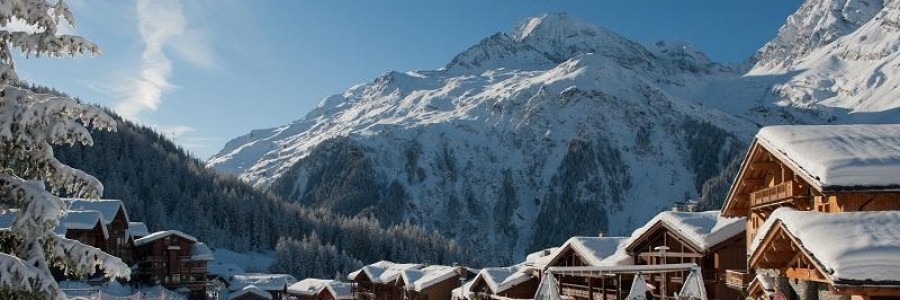

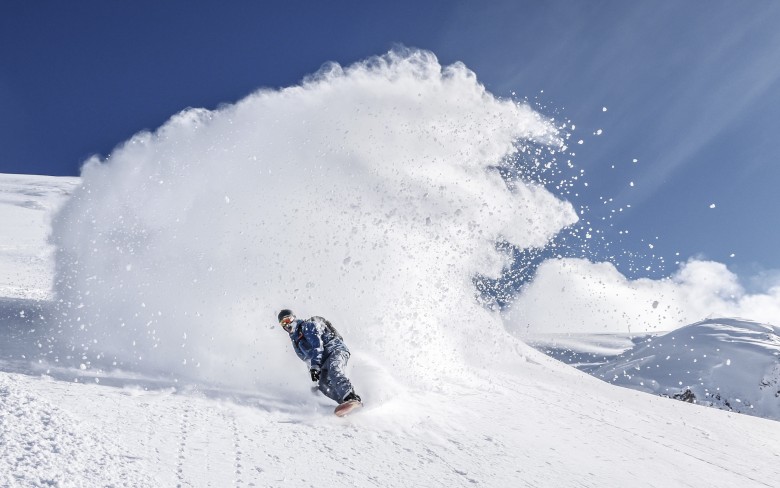
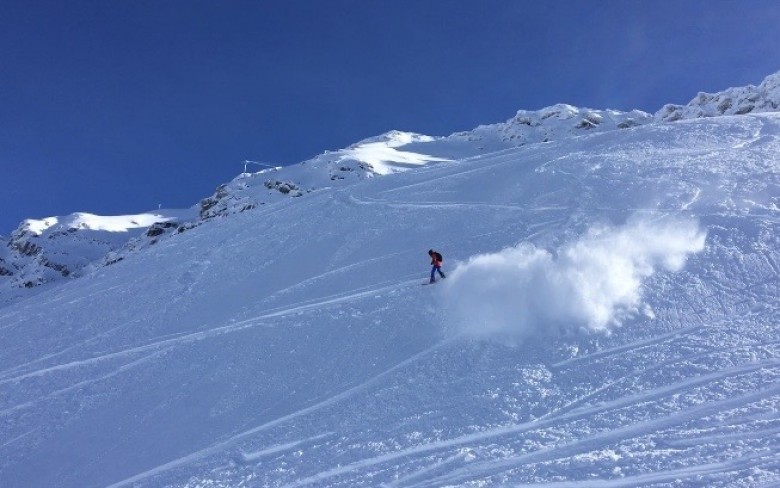
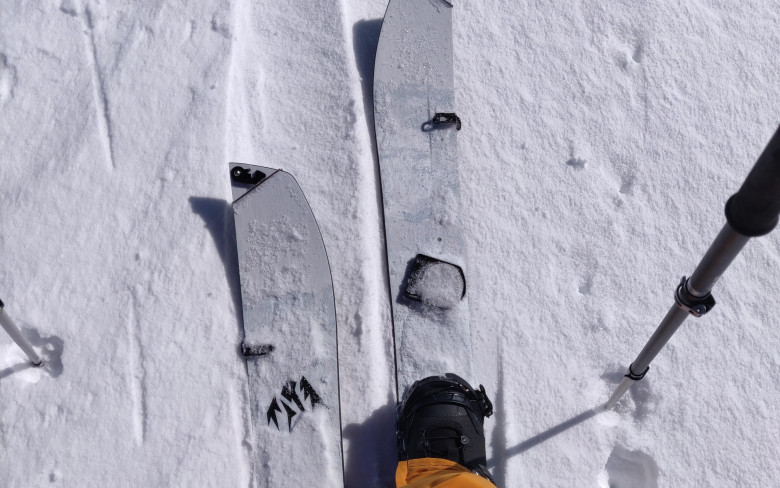
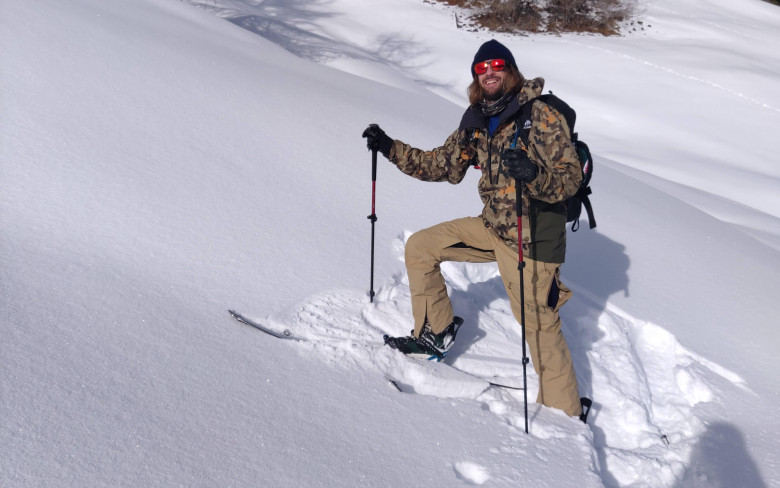
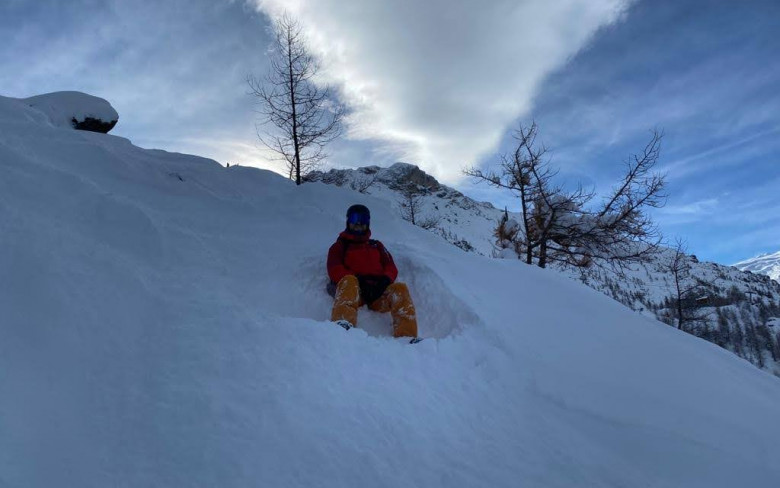
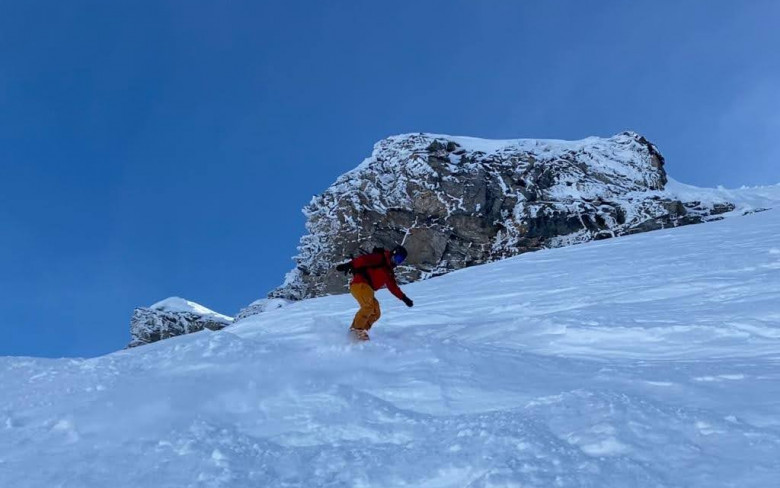
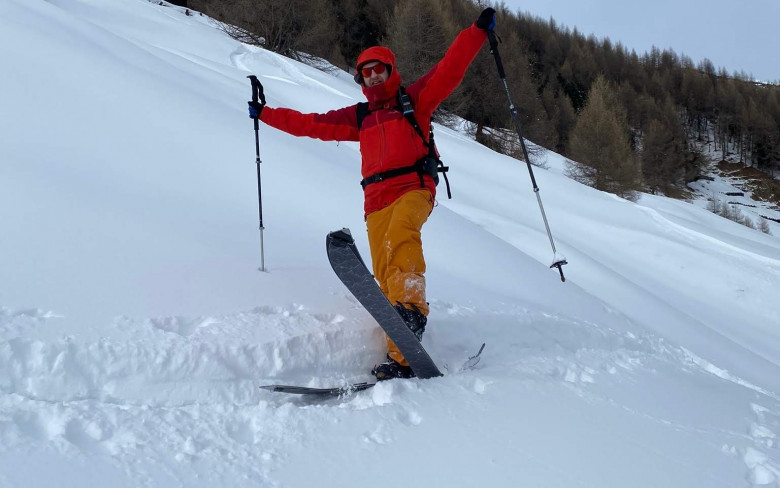

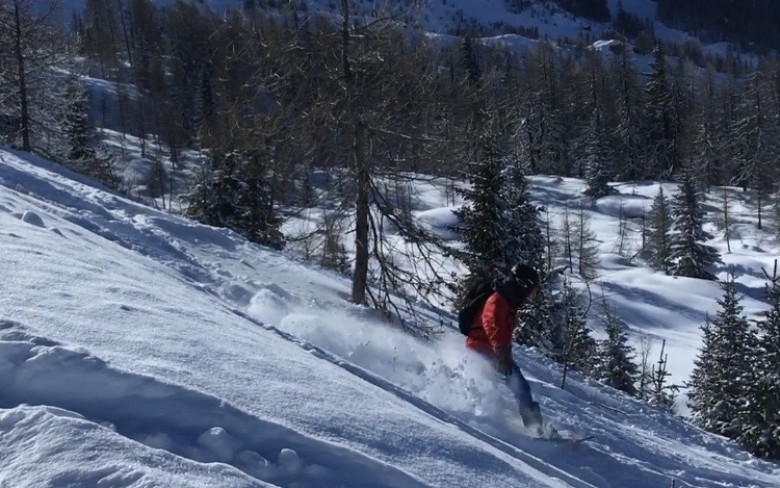
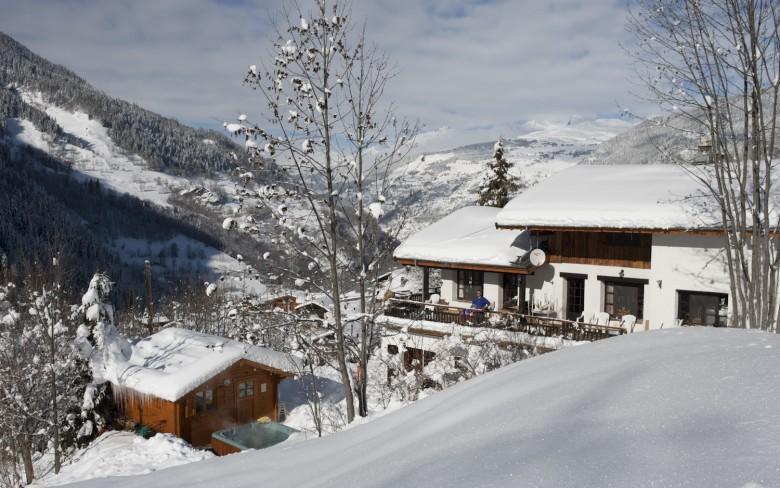
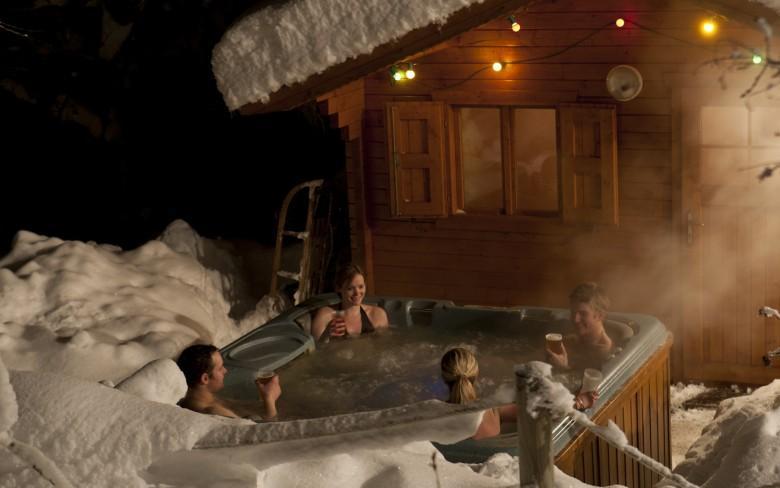
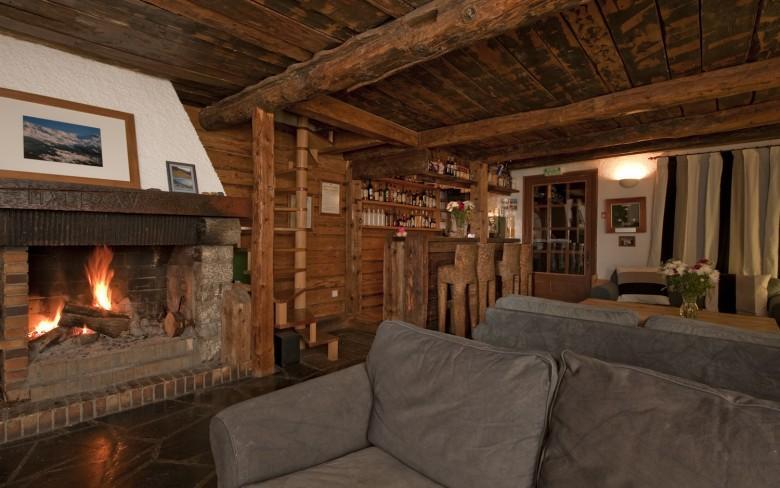
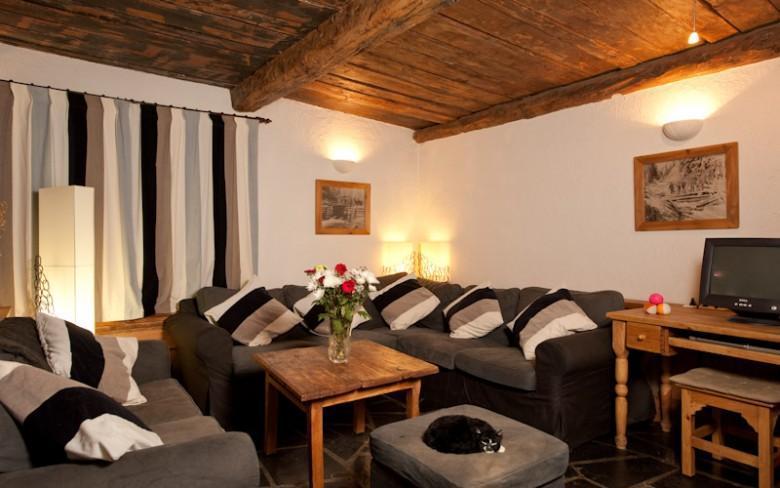
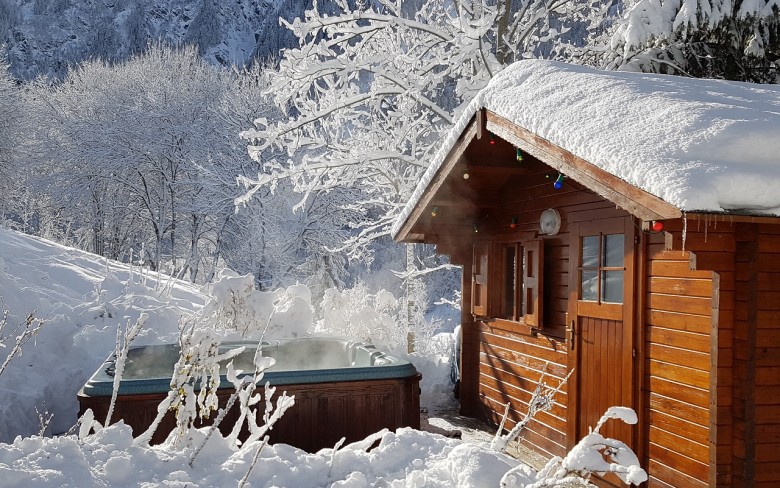
 Travel Website Development
Travel Website Development